Intro to Film Photography
1/17
There's no tags or description
Looks like no tags are added yet.
Name | Mastery | Learn | Test | Matching | Spaced |
|---|
No study sessions yet.
18 Terms
Exposure
Refers to the amount of light and the duration of time that light is allowed to expose film or a digital-imaging sensor.
Stop
An increment of exposure that doubles or halves the amount of light of an exposure. F-stops, shutter speeds, and film speeds are calculated in these.
F-stop
Controls the amount of light that hits the film or sensor. A numerical representation of the diameter of a lens' aperture, which is expressed as a f-number.
Depth of Field
Refers to how much of the scene is in focus, obth in front of and behind the subject, or the point of focus.
Shutter Speed
Controls the amount of time the mechanical door in a camera or lens opens and closes to allow light to hit the film or digital-imaging sensor. Expressed as fractions of a second or as numbers of seconds.
Film Speed
A number that represents a film's relative sensitivity to light. The lower the number, the less sensitive the film is. The higher the number, the more sensitive it is.
Exposure Metering
Determining the combination of f-stops and shutter speeds to correctly expose a photograph.
Equivalent Exposure
Alternative exposures settings (f-stops and shutter speeds) that will produce proper exposure.
Elements of Exposure
F-stop, shutter speed, and film speed.
ISO
Film speed
Aperture
Controlled by f-stop.
Deep depth of field
Large f-number, everything is in focus, little amount of light getting through.
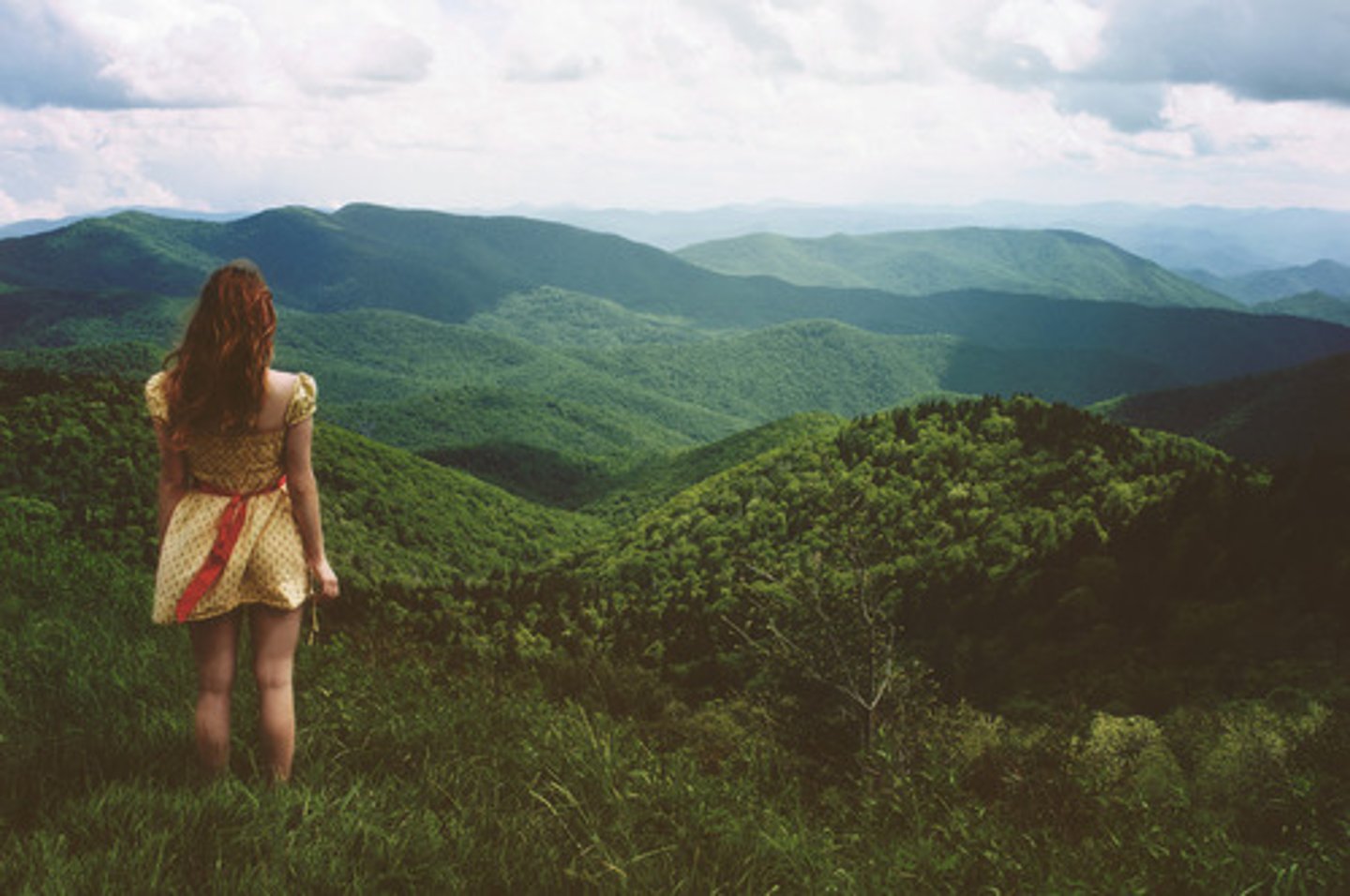
Shallow depth of field
Small f-number, only part of your image will be in focus and the rest will be fuzzy, large amount of light getting through.

Fast shutter speed
Small amount of time, freezes or stops the action of an image.
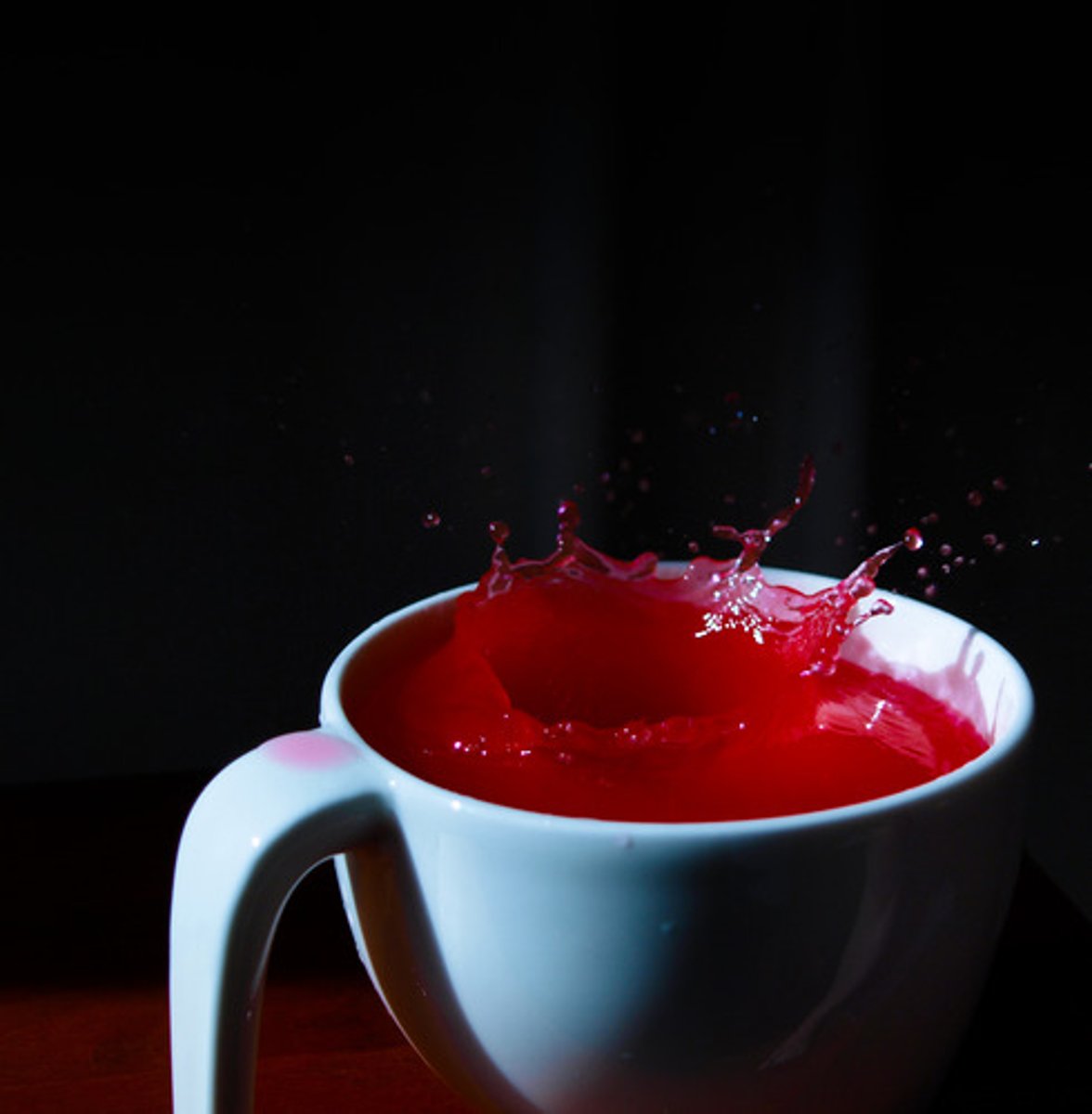
Slow shutter speed
Long amount of time, blurs motion.
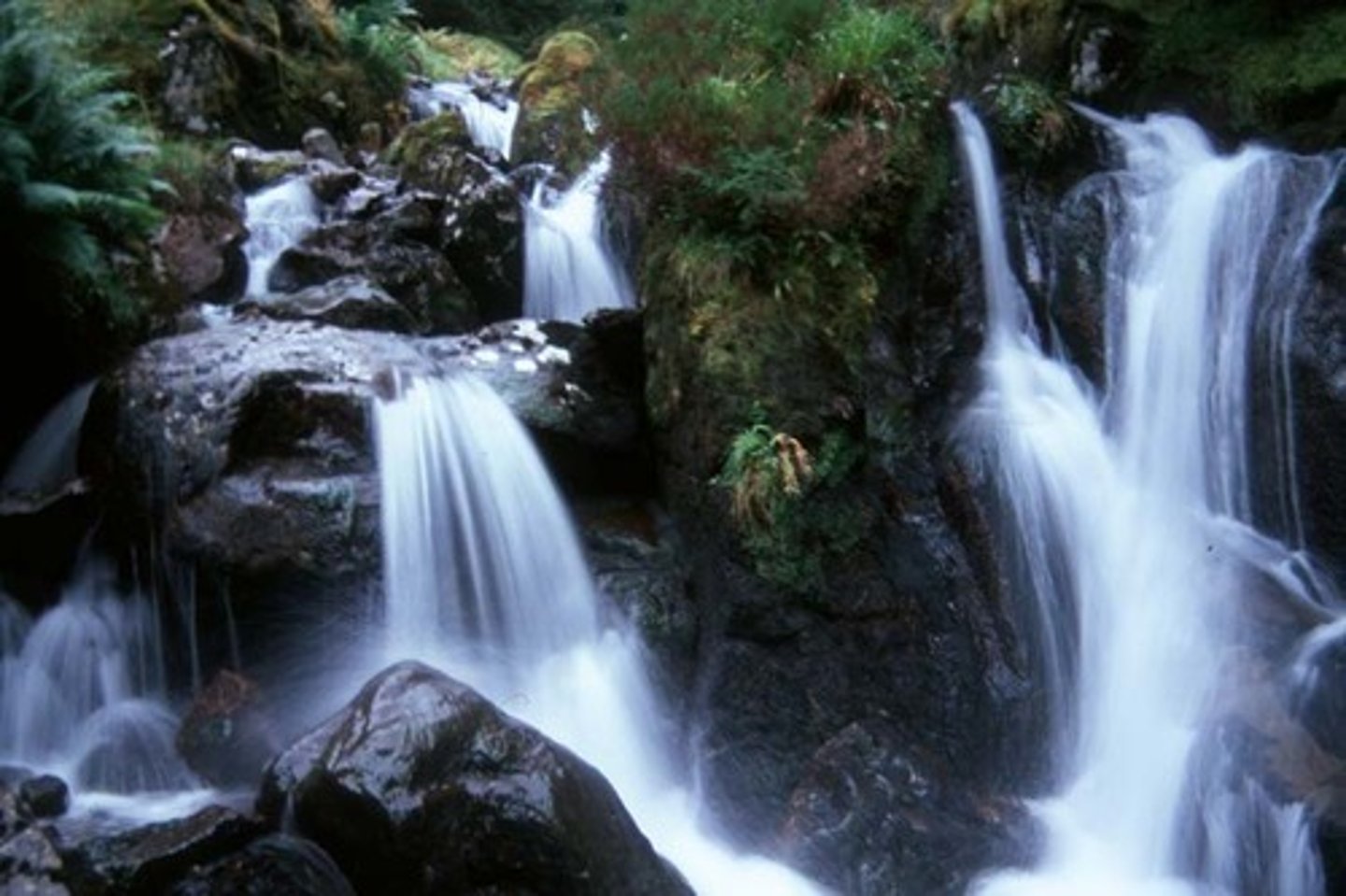
High ISO
More sensitive to light, grainy or noisey.
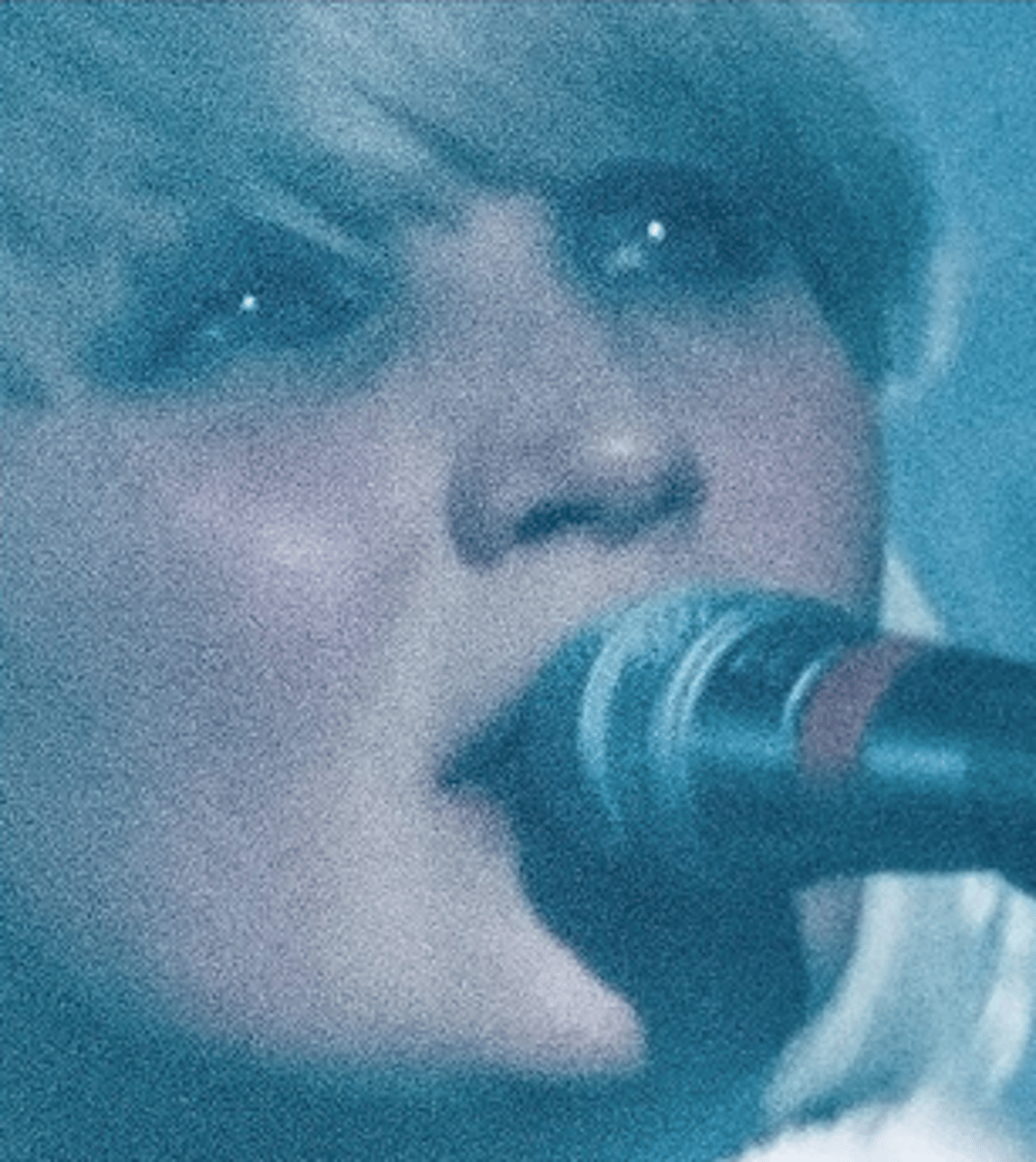
Low ISO
Less sensitive to light, clear and smooth.
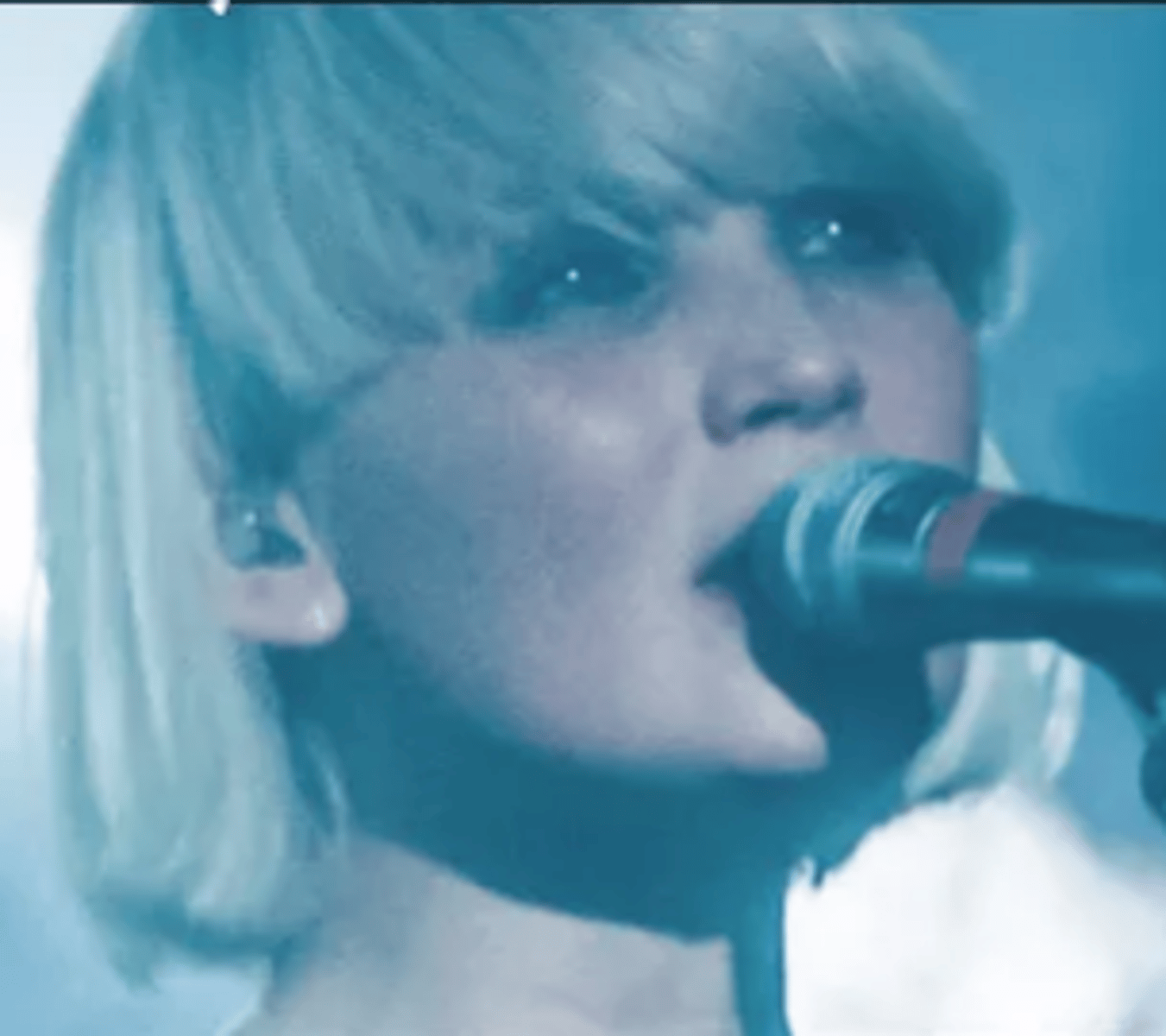
Sunny 16 Rule
a method of estimating correct daylight exposures without a light meter
